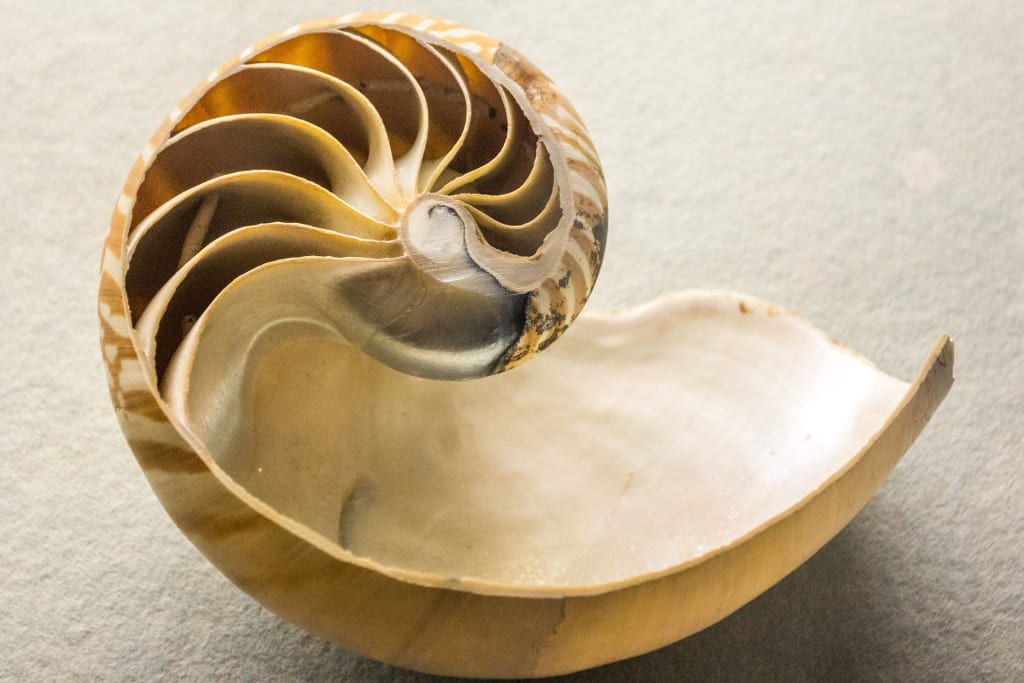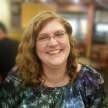Think You're Horrible at Math? You Were Taught Math Badly
Everyone has the capacity to enjoy math — really!

“If I had to design a mechanism for the express purpose of destroying a child’s natural curiosity and love of pattern-making, I couldn’t possibly do as good a job as is currently being done — I simply wouldn’t have the imagination to come up with the kind of senseless, soul-crushing ideas that constitute contemporary mathematics education.” — Paul Lockhart, PhD mathematician, author, and teacher
I hear it all the time.
“I’m bad at math.”
“I just don’t get math.”
“I can’t understand basic math. Does that mean I’m stupid?”
No. It means stupid decisions were made about how to best teach math to children, and you paid the price for it.
The beauty of math
Someone on Quora asked if they could still learn to see the beauty in higher mathematics, if they were no good at basic math. This underscores the problem with how math is taught.
There are amazing beauties in basic math. I was transfixed by them from an early age. Why are schools not teaching this?
Does a student really care that if they have two apples, and someone gives them three apples, they now have five apples? Probably not. They went from “enough apples to eat today and tomorrow” to “too many apples to eat before they start to go bad”.
We don’t naturally think in numbers. We think in concepts. We think in relationships. We think in patterns.
This is why just about everyone remembers information better if it’s in the form of a story. Human beings love stories.
So why don’t schools teach students the stories of math?
Or better yet, how to tell their own stories in the language of math?
Math is an art like poetry or painting
Can you imagine if an art teacher told their students that there was only one way to draw a chair? If your chair looked exactly like this perfect chair, it was right. If it did not — if it was a different color, or had a different kind of back, or was some Seussian imaginary chair with six legs that stuck out at weird angles — it was wrong. That art teacher would have angry parents demanding their removal after the first class.
Similarly, a poem might be considered better (Robert Frost’s Birches, for example) or worse (the interior of many greeting cards). It might have a greater or lesser impact upon the reader. But a poem can’t be considered wrong. It doesn’t even have to rhyme. Or contain punctuation. If the poet who created it says it’s a poem, it’s a poem.
That’s not to say there aren’t techniques to these arts. You can study perspective drawing or shading, or blending colors. These will help you better realize on paper or canvas what you imagine in your mind. Similarly, the poet can learn about meter, different kinds of rhymes, and common poetic forms.
When mathematics is taught as a series of facts and processes, it’s like teaching these other artistic techniques. But the point of math is not those dry and boring facts and processes. It’s the beauty and art that those techniques allow you to convey.
Paul Lockhart’s brilliant essay about how math should be taught shows that students who are encouraged to find the art in math are inspired thinkers. Much like the brilliant mathematicians of history, who would be horrified by what now passes for “math”.
Number theory is the queen of all mathematics
I had a professor in college who used to say, “Mathematics is the king of all science, and number theory is the queen of all mathematics.” (A slight rewording of the quote by Gauss.) The reason for this is that number theory was the purest of the mathematical disciplines, in that it had absolutely nothing to do with reality. It exercised imagination from start to finish. It was, in a word, art.
Of course, nowadays, number theory is at the heart of cryptoanalysis and other high-speed computing applications. There would be no Bitcoin without number theory. Although many people would say that Bitcoin itself is purely imaginary, for all that people seem willing to trade vast amounts of currency for it.
But that’s not why someone would study number theory, any more than someone would study art to pick a shade of paint for your walls that looked good with your upholstery. You don’t study art for its practicality. You study it because it makes your heart happy.
Figuring out the rules of the game
If children are not supposed to be taught meaningless repetition and drill as a way of learning mathematics, what would be taught in their place?
What do children naturally love to do? Imagine things and play games.
Mathematics can be taught as a way of figuring out the “rules of the game”. Say you’re playing a game like backgammon. Which way will you have a better chance of winning — if you pile your pieces on every other point, or if you cover more points with fewer pieces? Math will tell you.
To play the game, you get into many concepts like odd and even numbers, counting, and addition. As you get better, you even internalize the concept of a distribution curve, and how likely you are to roll doubles versus not rolling doubles.
A secret so dangerous, it was hidden from sight
Do you know what I loved as a kid? That I was in on something secret. I loved to play spy, or secret agent, or make up codes and ciphers. Judging from the toys on sale in the toy store, this is a common phase that many kids go through.
So how cool would it be to describe the Pythagorean theorem as the deep, dark secret at the heart of Pythagoras’s teachings? The ancient Greeks knew certain numbers made up the legs of right-angle triangles — such as one leg being 3, one leg being 4, and the third leg being 5. It helped them when building things. But what happened if you made one leg 1, the other leg 1, and you tried to measure the third leg? You got a number that didn’t exist! There was no whole number or fraction that could describe it. When some initiates of the Pythagorean school learned this secret, they went mad!
Compare that to being told that the square root of 2 is an “irrational” number. Yawn.
Instead, inspire kids to know that all right triangles everywhere have leg lengths that relate to each other in the same way. Any right triangle, no matter how big or how small. It’s a fundamental building block of the universe.
Nature is amazing and uses math
Do you want real-world examples of math? Forget fake problems about trains traveling from New York and Chicago at different speeds, and finding out where they would pass each other. One or the other would probably be hung up by weather delays, problems loading or unloading, or other unforeseen conditions. No matter what answer you came up with, even if it was “right”, it would be useless.
Instead, look at the many beautiful uses of math in nature. Cicadas have various life cycles, remaining dormant for different numbers of years, then all the same type hatching at the same time. Most of those life cycles are prime numbers. Why? To maximize the chances that the cicadas would live long enough to breed and have offspring. (Check out the Netflix documentary The Code for a great explanation of the math of Cicadas.)
Or study the geometry of the nautilus shell. It’s been an inspiration to both painters and mathematicians for centuries — for the same reason. The beauty and simplicity of the repetitive, increasing logarithmic spiral pattern.
What happens to lines you draw on the flat surface of a balloon when you blow up the balloon? Why is the shortest distance for a plane to travel between cities, not a straight line? Whoa! These are the questions that can lead to many interesting explorations.
And I bet the kids will remember what they learn far more than any will recall the formulas for a secant or the volume of a sphere. I actually have a degree in mathematics, and I look any of that stuff up if I need it. (I rarely need it.) But the beauty and artistry of math? That still inspires me.
Conclusion
If you think you’re bad at math, it’s because it was taught to you as a precise set of actions that you do with numbers, to find the one and only one right answer. Instead, it is an art, used to describe beautiful ideas in a way to help others appreciate their beauty.
Instead of dulling the minds of students by making them perform pointless repetition, they should be given the stories of math. What is the math really saying? Why was someone asking that question? How else might someone explain it?
Let them play and experiment. Discover the relationships between numbers. Find how math shapes the world. That’s what can inspire them.
Ready to have a better tomorrow?
I’ve created a guide to help you increase your confidence and improve your life. If you follow these tips, you will level up your life very quickly!
About the Creator
Jennifer Dunne
Novelist turned blogger, sharing stories of hope, self-improvement, and productivity, as well as a bit of fantasy and whimsy. Visit me at: http://grftnd.jennifermdunne.com






Comments
There are no comments for this story
Be the first to respond and start the conversation.